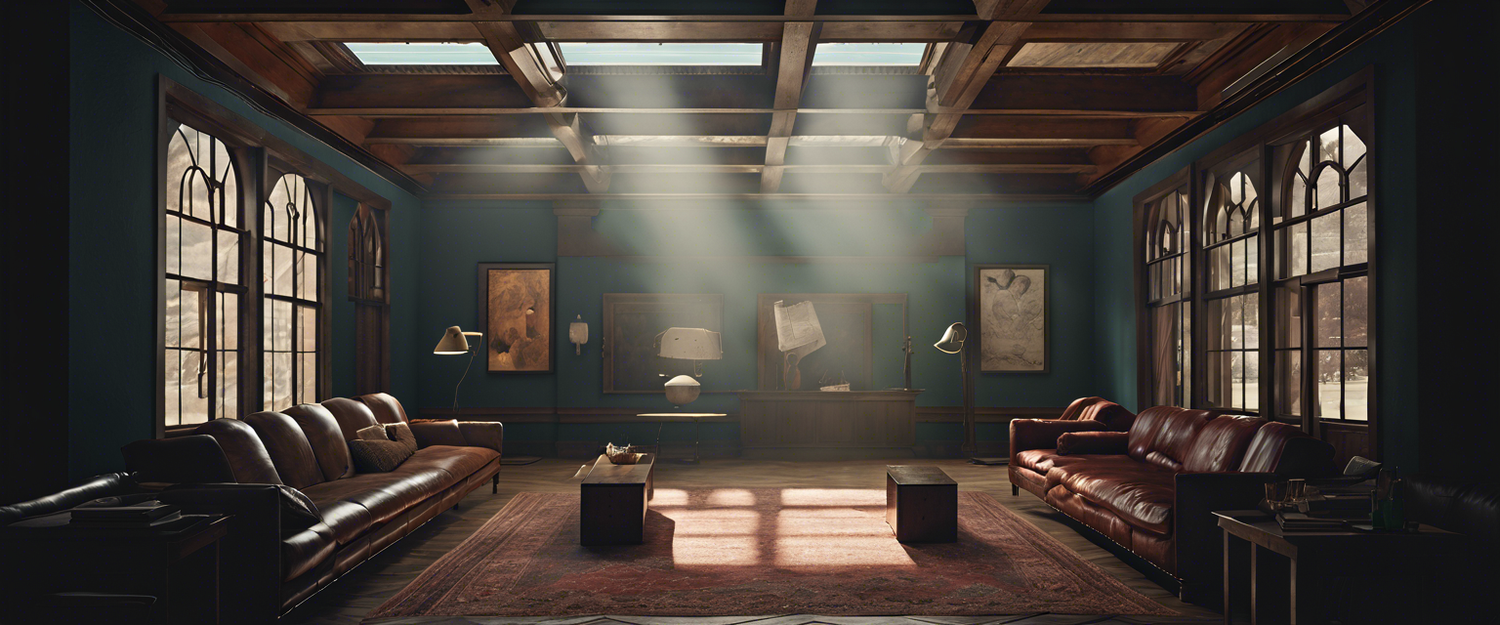How to Build a Web Application for Image Generation with Stable Diffusion
In today’s tutorial, we will guide you through the process of creating a web application that generates images based on text prompts by leveraging the power of Stable Diffusion, a cutting-edge deep learning text-to-image model. We will be utilizing Next.js for both frontend and backend development and deploying our application on Vercel.
Table of Contents
- Introduction
- Prerequisites
- Setting up the Next.js Project
- Installing Tailwind CSS
- Creating the Image Generation Form
- Creating the API Route for Stable Diffusion
- Deploying the Application on Vercel
- Conclusion
Introduction
Stable Diffusion is renowned for its abilities to generate intricate images based on simple textual descriptions. This tutorial will demonstrate how you can build a user-friendly web application that allows users to input their own text prompts and receive stunning images generated by Stable Diffusion.
This application serves as a foundational project for further exploration and development of creative applications built around various Stable Diffusion models.
Prerequisites
Before we dive into the code, ensure you have the following installed on your machine:
- Node.js
- npm (Node Package Manager)
Also, you will need to sign up for a Vercel account if you haven't done so already.
Setting up the Next.js Project
Let’s start by creating a new Next.js project that will include TypeScript and ESLint for better code quality:
npx create-next-app@latest my-project --ts --eslintThis command will establish a new Next.js project in a directory titled my-project.
Installing Tailwind CSS
Next, we will install Tailwind CSS to enhance the styling of our application. Here are the steps:
- Install Tailwind CSS along with its peer dependencies:
- Configure your template paths in tailwind.config.js:
- Add Tailwind directives to your globals.css file:
- Run the development server:
npm install -D tailwindcss postcss autoprefixer@tailwind base;
@tailwind components;
@tailwind utilities;npm run devYour Next.js project is now fully configured with Tailwind CSS!
Creating the Image Generation Form
Now, let’s create a form that allows users to enter their text prompts. Update your pages/index.tsx file with the following code:
// Code snippet for creating the image generation formThis snippet establishes a form for inputting text prompts and submits it for image generation. It will also show a loading spinner while the image is being processed.
Creating the API Route for Stable Diffusion
Next, we need to create an API route that facilitates communication with the Stable Diffusion engine to generate images. Create a new file named pages/api/stablediffusion.ts and implement the following code:
// Code snippet for the API route for Stable DiffusionDon’t forget to insert your Replicate API token in the .env file for authentication:
REPLICATE_API_TOKEN=your_token_hereThis API route acts as the backend handler for requests sent from the frontend to generate visuals using the Stable Diffusion model.
Deploying the Application on Vercel
To successfully deploy your application on Vercel, follow these steps:
- Install the Vercel CLI:
- Login to your Vercel account via the CLI:
- In your project directory, run the following command to deploy:
npm i -g vercelvercel loginvercelFollow the on-screen prompts to either link your project to an existing Vercel project or to create a new one. Your application will be live on a unique URL, accessible through your web browser.
For a complete code reference, check out the full project on GitHub.
Conclusion
In this tutorial, we successfully built a web application that generates images based on text prompts using the capabilities of Stable Diffusion. We utilized Next.js for frontend development, Tailwind CSS for styling, and hosted our application on Vercel.
Now, you can use this interactive application to generate fascinating images from your text descriptions and further explore the impressive functionalities that the Stable Diffusion model offers.
Furthermore, we extend an invitation to join our special Stable Diffusion AI Hackathon. This week-long event will provide the perfect opportunity to experiment and create a functional prototype application utilizing Vercel and Stable Diffusion alongside a global network of enthusiasts!
Check out our AI app page to discover more projects developed by our community members with the incorporation of Stable Diffusion, ChatGPT, and other cutting-edge AI technologies! Perhaps you’ll find inspiration or even a project that you’d like to innovate further.
We invite you to become part of our vibrant community of creators and innovators, leveraging the transformative capabilities of AI to shape the future!



Zostaw komentarz
Wszystkie komentarze są moderowane przed opublikowaniem.
Ta strona jest chroniona przez hCaptcha i obowiązują na niej Polityka prywatności i Warunki korzystania z usługi serwisu hCaptcha.